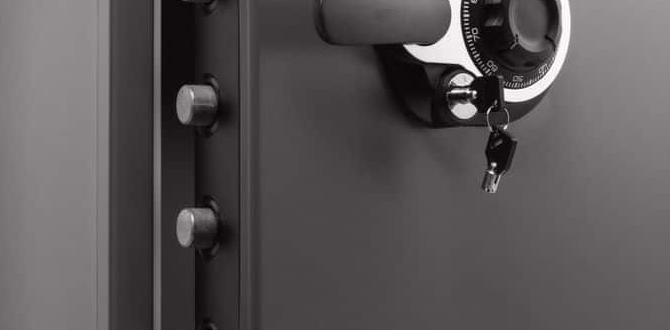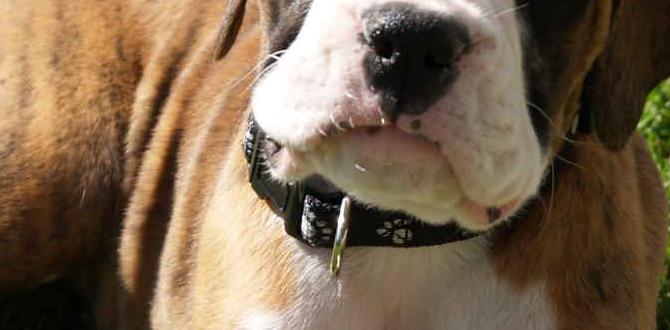Puppy training behavior for beginners might seem like a daunting task, but with the right approach, it can be an incredibly rewarding experience for both you and your new furry companion. Bringing a puppy into your home is exciting, filled with wagging tails and playful energy. However, this boundless enthusiasm also signals a critical period for establishing good habits and understanding their developing personalities. This guide will break down the fundamentals of puppy training to equip you with the knowledge and confidence to navigate these formative months successfully.
Understanding Puppy Development: The Foundation of Puppy Training Behavior
Before diving into specific techniques, it’s essential to grasp how puppies learn and develop. They are like sponges, soaking up information from their environment and their interactions. Understanding key developmental stages will help you tailor your training methods:
Socialization Period (3-16 weeks): This is a crucial window for exposing your puppy to various sights, sounds, people, and other animals in a positive and controlled manner. Proper socialization is vital for developing a well-adjusted adult dog, preventing fear-based aggression or anxiety.
Adolescence (4-12 months): Similar to human teenagers, adolescent puppies can test boundaries and exhibit more independent or stubborn behaviors. This is a time to reinforce training and maintain consistency.
Recognizing these stages allows you to be proactive rather than reactive. Instead of correcting unwanted behaviors after they’ve become ingrained, you can set your puppy up for success from the start.
Essential Puppy Training Behavior Techniques for Beginners
At its core, puppy training is about communication and building a strong bond. Positive reinforcement is the most effective and humane method. This involves rewarding desired behaviors, making them more likely to occur again.
Positive Reinforcement: This can include verbal praise, tasty treats, or a favorite toy. When your puppy performs the desired action – like sitting when asked or eliminating outdoors – immediately reward them. Timing is crucial; the reward must happen within seconds of the behavior so your puppy associates it with their action.
Litter Box Training (Potty Training): This is often the first major training hurdle. Consistency is key. Take your puppy out frequently: first thing in the morning, after waking from naps, after playing, and after eating. Choose a designated spot and praise them enthusiastically when they relieve themselves there. Accidents will happen; clean them up without punishment, as scolding can make the puppy fearful of eliminating in front of you.
Crate Training: A crate can be a valuable tool for potty training and providing your puppy with a safe den. Introduce the crate gradually, making it a positive space with comfortable bedding and occasional treats. Never use the crate as punishment.
Basic Commands: Start with simple commands like “sit,” “stay,” “come,” and “down.” Keep training sessions short (5-10 minutes) but frequent. Use clear, consistent verbal cues and hand signals. Break down complex behaviors into smaller steps if needed.
Leash Training: Introduce the leash and collar gradually. Let your puppy get used to wearing them for short periods indoors. When you start walking, reward them for walking calmly by your side. Avoid pulling or jerking the leash.
Addressing Common Puppy Training Behavior Challenges
Even with the best intentions, you’re bound to encounter common puppy challenges. Understanding why these behaviors occur can help you address them effectively.
Chewing: Puppies explore the world through their mouths, and teething is a significant reason for chewing. Provide plenty of appropriate chew toys and redirect your puppy to these alternatives when they chew on furniture or other forbidden items.
Nipping and Biting: This is a natural behavior for puppies as they play with littermates. Teach them bite inhibition by yelping loudly when they bite too hard, momentarily stopping play. This teaches them to be gentle.
Jumping: Puppies jump to greet people. When they jump, calmly turn away or step back. Only give attention and praise when all four paws are on the floor.
* Barking: While some barking is normal, excessive barking can be a sign of boredom, anxiety, or seeking attention. Identify the trigger and address the underlying cause. Ensure your puppy has enough mental and physical stimulation.
The Importance of Patience and Consistency in Puppy Training Behavior
Perhaps the most critical element of successful puppy training behavior for beginners is patience. Puppies are still learning and will have good days and bad days. Avoid getting frustrated. Every interaction is a training opportunity.
Consistency across all family members is equally important. Everyone should use the same commands and reward the same behaviors. This avoids confusing your puppy and sets clear expectations.
Remember, puppyhood is temporary, but the habits and bonds you form now will last a lifetime. By approaching puppy training behavior with a positive outlook, understanding, and dedication, you’ll not only raise a well-behaved dog but also deepen the incredible connection you share. Consulting with a professional dog trainer or attending puppy classes can provide invaluable support and guidance as you embark on this exciting journey.
Meet Elyse Colburn, the devoted canine companion and storyteller behind the enchanting world of “Tales, Tails, and Adventures Unleashed.” A passionate dog enthusiast with a heart full of paw prints, Elyse Colburn shares heartwarming tales and insightful adventures, celebrating the joy, loyalty, and endless antics that make every dog a true hero. Join Elyse Colburn on this tail-wagging journey, where every post is a love letter to our four-legged friends.





